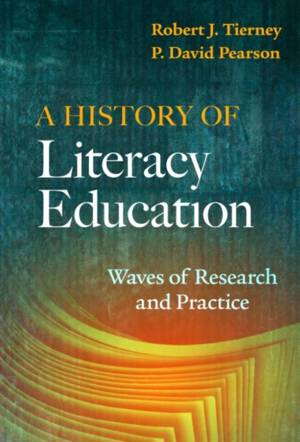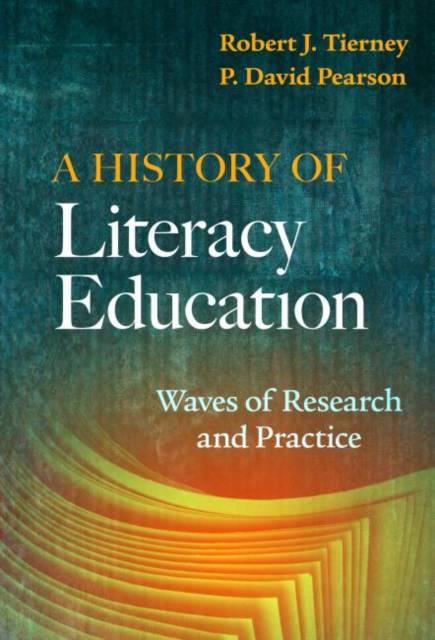
- Afhalen na 1 uur in een winkel met voorraad
- Gratis thuislevering in België vanaf € 30
- Ruim aanbod met 7 miljoen producten
- Afhalen na 1 uur in een winkel met voorraad
- Gratis thuislevering in België vanaf € 30
- Ruim aanbod met 7 miljoen producten
A History of Literacy Education
Waves of Research and Practice
Robert J Tierney, P David PearsonOmschrijving
In this volume, two notable scholars trace the monumental shifts in theory, research, and practice related to reading education and literacy, with particular attention to what they consider the central goal of literacy--making meaning. Each section describes a specific epoch, including a brief snapshot of how the reader of that period is envisioned and characterized by researchers and teachers, as well as a deep discussion of the ideas and contextual events of that era. These developmental waves are organized in rough historical sequence by a series of shifts in underlying theoretical and scholarly lenses--from the behavioral to the psycholinguistic to the cognitive to the sociocultural to the critical to the multimodal to the global. The book closes with a discussion of the various research frames and methodological approaches that paralleled these developments. The common thread across all the chapters is making meaning. For each wave, the authors unearth and interrogate the assumptions about making meaning with text as well as the practices to promote it--whether the meaning making is inspired by print, image, sound, or some multimodal mash-up. This unique resource is a must-own for every literacy professor and graduate scholar.
Book Features:
- Animates some of the revolutionary developments related to reading education and literacy in modern times.
- Each development is accompanied by a discussion of the aspirational reader that sets the stage for contemplating these shifts and their significance.
- Traces the research and theoretical developments to illustrate the origins of the shifts and their influences.
- Supported by a website with video lectures and conversations tied to the various waves of development.
Specificaties
Betrokkenen
- Auteur(s):
- Uitgeverij:
Inhoud
- Aantal bladzijden:
- 400
- Taal:
- Engels
Eigenschappen
- Productcode (EAN):
- 9780807764633
- Verschijningsdatum:
- 18/06/2021
- Uitvoering:
- Paperback
- Formaat:
- Trade paperback (VS)
- Afmetingen:
- 157 mm x 229 mm
- Gewicht:
- 498 g

Alleen bij Standaard Boekhandel
Beoordelingen
We publiceren alleen reviews die voldoen aan de voorwaarden voor reviews. Bekijk onze voorwaarden voor reviews.











